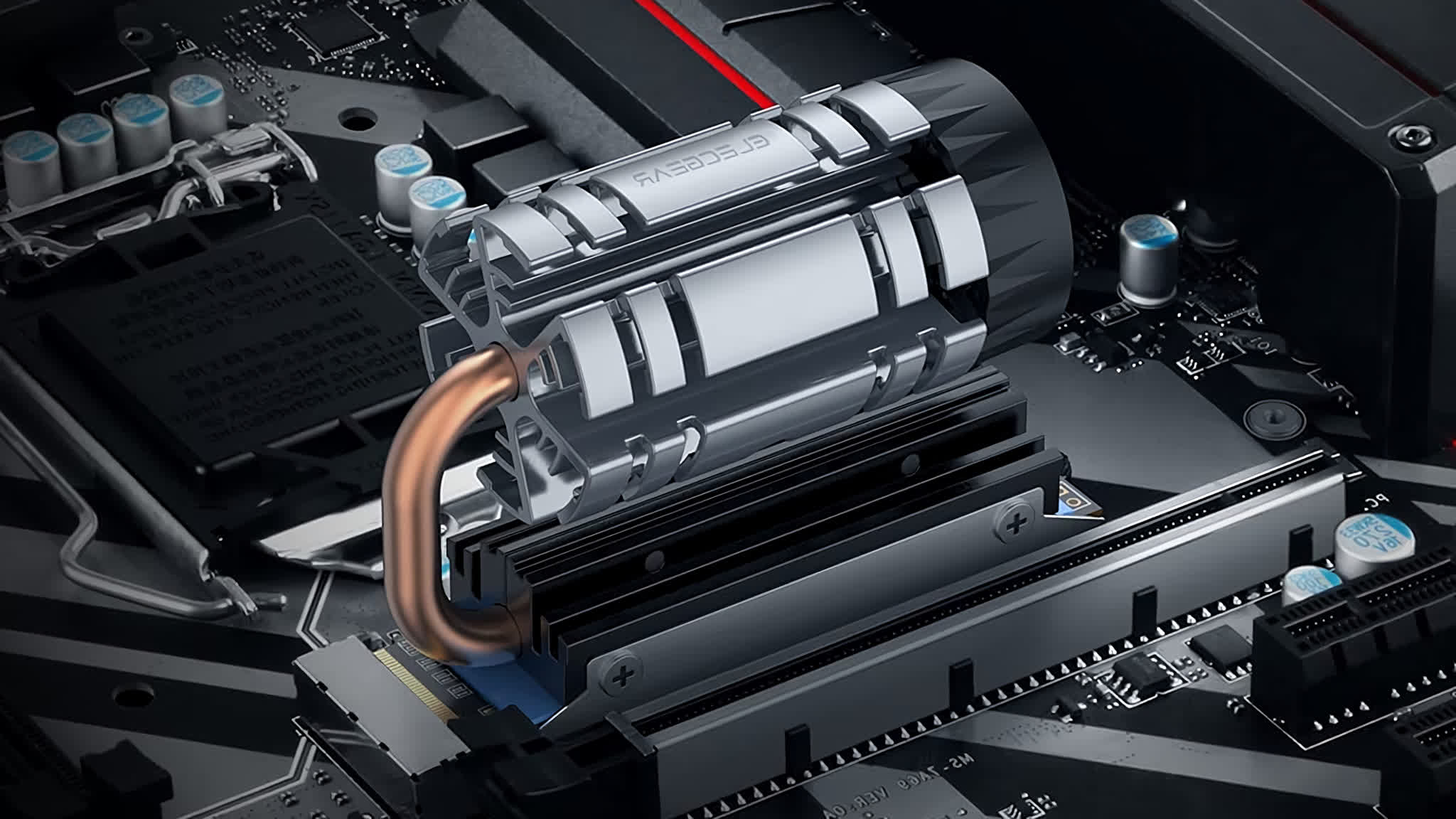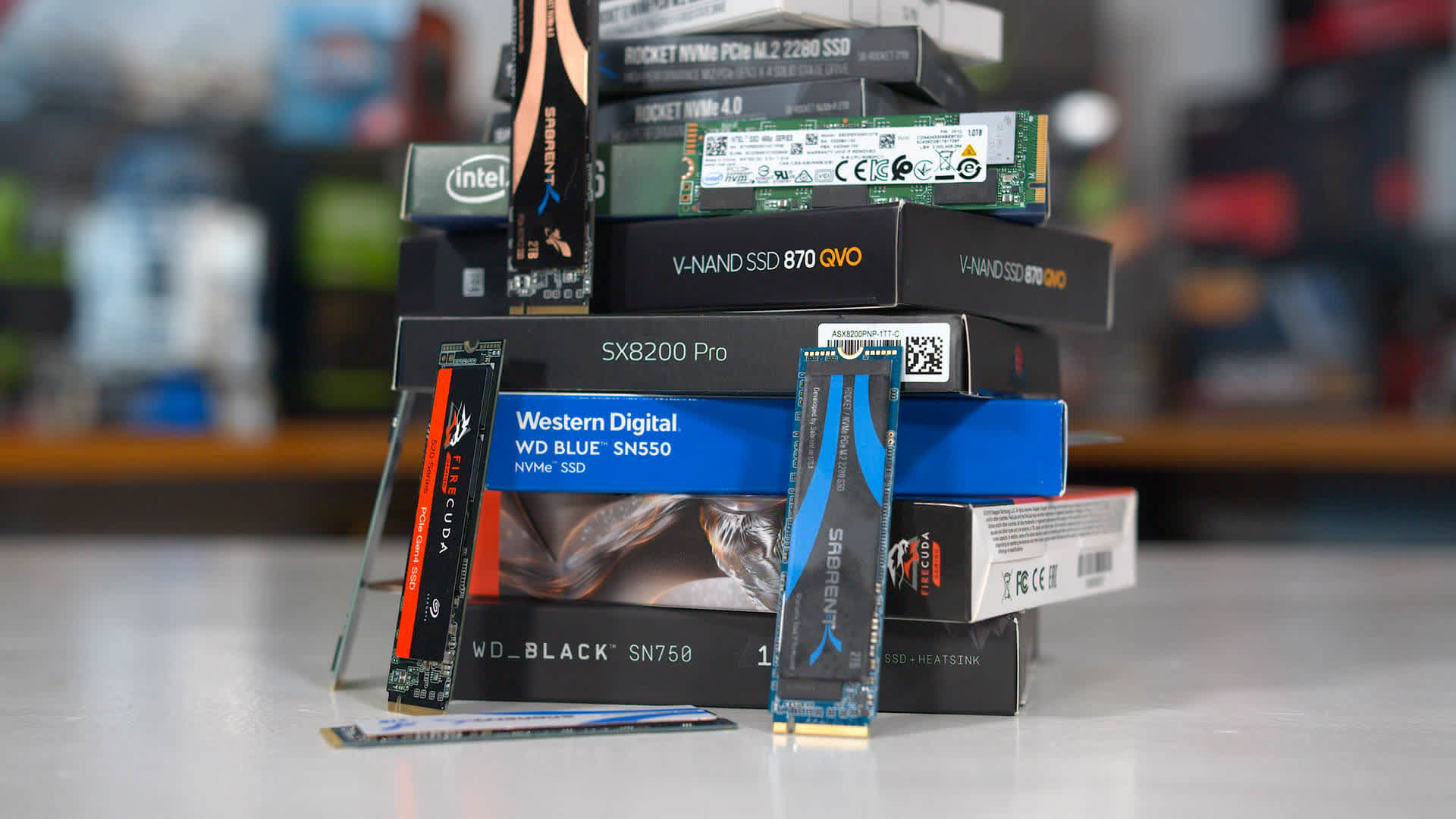The big picture: Early solid state drives were touted as being more energy efficient than their spinning hard drive counterparts. As speeds ramped up with each successive generation, so too did power requirements and heat output. Some higher-end Gen 4 drives already benefit greatly from dedicated cooling, and we're likely to see that trend become more widespread with future SSDs.
Thermal management is going to be more important than ever as PCIe 5 devices start hitting the market.
Sebastien Jean, chief technical officer at Phison, discussed the situation in recent interviews with StorageReview and MSI Insider.
"As the speed continues to go up with each new generation, our challenge will continue to be to manage the heat," Jean said.

As a general rule of thumb, Jean notes that each additional GB/s of speed an SSD delivers requires about one extra watt of power. "We're trying to stick within roughly the same power envelope as a 7 GB/s SSD as we scale up to 14 GB/s by making a lot of other changes," Jean added.
One way to reduce power requirements is to cut back on the number of NAND channels used by the SSD.
"In practical terms, you no longer need eight channels to saturate the Gen4 and even Gen5 PCIe interface. You can potentially saturate the host interface with four NAND channels, and reducing the number of back-end channels reduces the total SSD power by typically 20 to 30 percent," Jean said.
Another method is to use a smaller process node - for example, going from 16nm to 7nm. Phison notes that smaller process nodes can operate at higher frequencies with lower voltage. Drives on smaller nodes also require less energy to toggle transistors, further reducing power used and ultimately, heat generated.
Despite the improvements, Jean said he expects to see passive heatsinks with Gen 5 devices. "Eventually, we'll need to have a fan that's pushing air right over the heatsink, too," he added.
While not ideal, passive / active cooling is certainly doable with most desktop configurations. Laptops and small-for-factor desktops, however, could present more of a challenge due to their extremely limited footprints.
